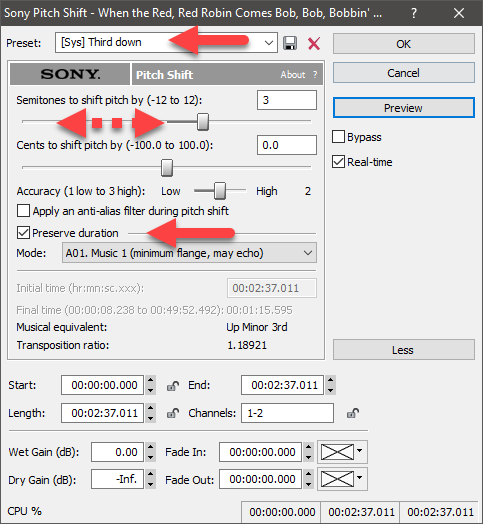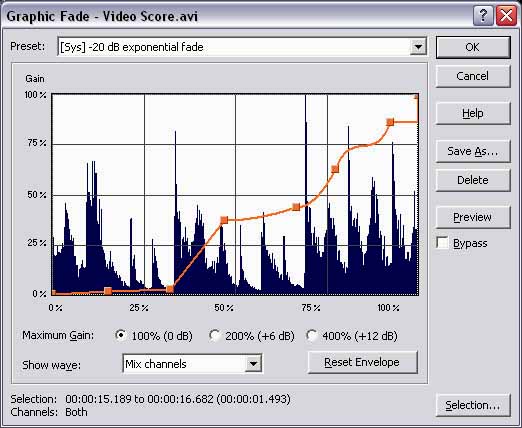

When studying two groups of students with or without dyslexia, aged 10 to 16 years, without any formal music instruction, researchers found that those with dyslexia were significantly less accurate in a tapping task, and had more difficulty adjusting to a new tempo . Recent studies of rhythm reproduction abilities have found them to be significantly predictive of reading ability in children .

Geary et al. identified such pitch perception issues in children with mathematical learning disabilities, and Capraro et al. found that when elementary school teachers integrate music into mathematics lessons, this can influence the resultant mathematical abilities of the students.Īuditory perception has been suggested to be a relevant factor for the development of reading skills in those with dyslexia . Not only reading disorders, but researchers also found this in other types of learning disorders. Fernandez-Prieto et al. determined that in children with nonverbal learning disorders, pitch task performance is poorer and slower, and pitch training has shown to enhance the development of relevant skills . Ozernov-Palchik et al. found that at age five, students who can discriminate between two rhythm patterns will have a better ability to transfer speech sounds to letters. In their studies, they found that dyslexia students attended a greater deficit in tonal patterns detecting. Ziegler et al. suggested that pitch pattern processing is important, with disrupted pitch processing and abnormal phonological development being closely associated with one another in dyslexic children. Hämäläinen et al. suggested that relevant auditory tasks should include: pitch discrimination, detection of slow frequency modulations, discrimination between rates of amplitude increase, and discrimination between sound durations. Pitch perception is known to be a key facet of phonological development closely linked to the development of reading abilities . In 2005, the American Speech-Language-Hearing Association (ASHA) defined auditory processing as a process that involves the following: sound localization and lateralization, auditory discrimination, auditory pattern recognition, temporal audition, and auditory performance in the context of either degraded or competing for acoustic signals. Chermak et al. performed a similar study on a larger amount of children, ultimately determining that between 30–50% of children with learning disabilities exhibited auditory processing disorders, and this finding was further validated by King et al. .

Katz et al. found in a study of 94 children with learning disabilities that only a single child exhibited normal central auditory processing, while most children were unable to process auditory information, particularly in response to spoken language.

Auditory discrimination and processing, as well as phonological awareness, are related to receptive hearing, and further influence the ability to learn to read and write . Theories on why individuals suffer from learning impairments have included those based on rapid auditory processing speed, phonological awareness, speech processing, and cognitive deficits. Learning disabilities (LD) represent a broad class of symptoms that ultimately result in delays or difficulties in the abilities to listen, speak, read, write, reason, and/or perform math in an age-appropriate manner . Many children are diagnosed with learning disabilities each year, including up to a total of 8% of American children .


 0 kommentar(er)
0 kommentar(er)
